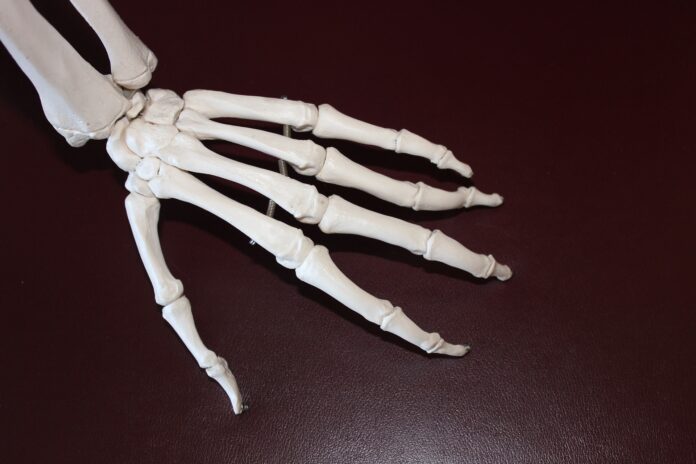Arthritis is one of the most common bone-related health conditions around the world. Since the disease has no permanent cure, people who are at a higher risk of developing it are generally advised to take precautions.
One of the common assumptions the majority makes when it comes to arthritis is that working out or exercise can contribute to its risk and specifically lead to knee arthritis. However, the journal JAMA Network Open, shows that exercise does not add to the chances of having the disease.
Instead, it was discovered that people who added specific exercises to their routines actually had a lower risk of having knee arthritis and the exercise safeguarded them from the disease.
Statistically, osteoarthritis is the most commonly diagnosed form of joint-related health issues in the United States. In accordance with the Centre for Disease Control and Infection, there are over thirty million adults living with the condition.
A person who has been diagnosed with osteoarthritis will likely be screened for knee-related problems as it is the most commonly affected joints in the majority of the cases.
In people with osteoarthritis, the chances of developing symptomatic, radiographic knee OA are around thirty-eight percent to forty-five percent. Most of the patients who get a diagnosis of knee problems are aged fifty-five and over.
In the study showing the benefits of exercise for the disease, the researchers examined data of over one thousand people for a time period of ten years. All of the participants did not have radiographic evidence of knee OA but were at high risk of developing the condition.
Also Read: High Air Pollution May Contribute to Vision Loss
After following the participants and their exercise routines for a decade, the researchers found the vigorous exercises were not associated with an elevated risk of developing knee-related osteoarthritis problems.
In fact, people who did engage in exercises such as aerobic dance, swimming, skiing, cycling, playing single tennis, and jogging had a thirty percent lower risk of developing knee complications in osteoarthritis.
On the other hand, sitting for long periods of time had no impact on the risk of developing osteoarthritis. Neither did it reduce the risk nor did it elevate it.
Some of the factors which were identified as potential contributors to the health condition included having a history of joint surgery or injury, chronic knee symptoms, a few genetic factors, and being overweight.
Even though there is a lot of medical literature to corroborate the benefits of exercise in the prevention of various health conditions, it is usually associated with tissue damage, the progression of joint disorders, and pain by the majority of people.
The researchers assessed that fifty percent of the participants who preferred not to engaged in vigorous exercises in the study did so for the same concerns regarding exercise.
In addition, the researchers also emphasized the need for adding exercise in the routine of people who are seen to be at a high risk of developing osteoarthritis.
Adding physical activity in the standard care for people at high risk of OA at an early stage can help them maintain physical activity in the future as well.
This can potentially help in cutting down the risk of the health condition by keeping known factors that contribute to its development including obesity and excessive body weight away.




